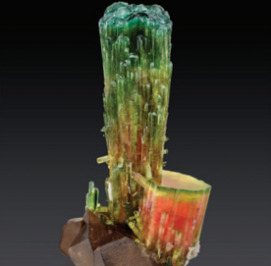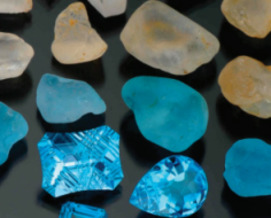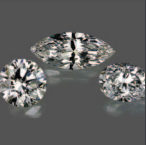Granitic Pegmatites as Sources of Colored Gemstones
Pegmatites are sources of gem-quality crystals of beryl, tourmaline, topaz, spodumene, and spessartine. Historic localities are found in Brazil, Madagascar, Russia, and the United States, but important deposits have recently been discovered in Africa and Asia. Most high-quality gem minerals occur in miarolitic cavities found near the centers of pegmatite bodies or in reaction zones between pegmatites and ultramafi c host rocks. The most important gem-bearing granitic pegmatites formed at shallow levels in the continental crust during the latest stages of collisional plate tectonic events. Single, spectacular miarolitic cavities in some pegmatites have produced tons of gem crystals valued in excess of $50 million.
Granitic Pegmatites as Sources of Colored Gemstones Read More »




